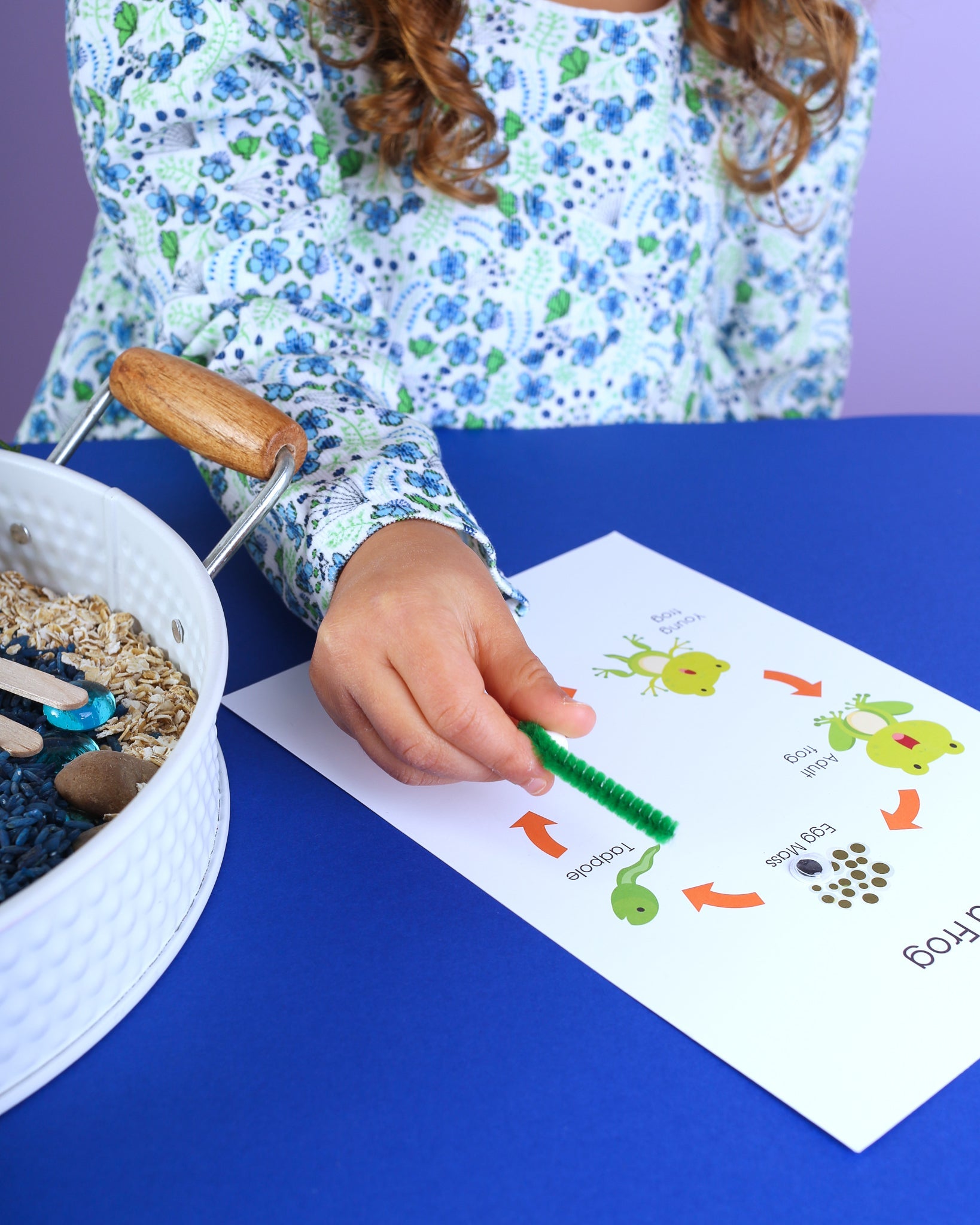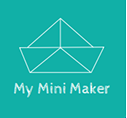
How Craft Kits Build Foundation Skills for Academic Success
Did you know that children who engage in regular craft activities before age 7 benefit in science and mathematics later in their educational journey? It's true! While your little one is happily cutting, sticking, and creating, they're also laying crucial neural foundations for academic concepts that will serve them throughout their school years and beyond.
In the UK educational system, the Early Years Foundation Stage (EYFS) and Key Stage 1 hands-on, exploratory learning, craft activities serve as perfect preparation for more formal academic concepts. Today, we're exploring how our delightful craft kits do much more than just occupy little hands—they're actually building bridges to STEM learning (Science, Technology, Engineering, and Mathematics) in ways that might surprise you.
The Science Behind the Sparkle
When your child mixes red and yellow paint to discover orange appears, they're not just creating a pretty colour—they're conducting their first chemistry experiment! The science learning embedded in everyday craft activities is both profound and accessible.
Take, for example, the simple act of using paint on different papers. When children observe how construction paper absorbs paint differently than glossy card, they're learning about material properties and absorbency—key concepts in the KS1 science curriculum covering everyday materials.
Even the humble glue stick introduces scientific concepts. As children apply glue and press materials together, they're experiencing adhesion firsthand. When they notice that some materials stick better than others, they're developing observational skills and beginning to form hypotheses—"I think the glitter will stick better to the glue than to the paint."
In our previous kits we have had activities that help in multiple ways:
• Life-cycles of both plants and animals identification and classification skills
• Weather-themed crafts to connect to seasonal change little ones observation
• Catapult crafts introduce early physics concepts
Technology Concepts Unplugged
In our digital age, we often think of technology education as screen-based, but technology thinking begins with understanding systems, sequences, and logical connections—all developable through craft activities.
When children follow step-by-step instructions to complete a craft project, they're engaging with algorithmic thinking—the foundation of coding and computer science. Breaking down a complex task into manageable steps is precisely what programmers do!
The Art in STEAM – The Essential Connector
While we've focused on the STEM aspects of crafting, let's not forget the "A" that turns STEM into STEAM—Art itself. The artistic elements of craft activities aren't just decorative add-ons; they're essential components of holistic learning.
Creative expression develops:
• Developing a growth mindset seeing possibilities beyond the obvious
• Visual communication skills to express their ideas through images and design
• Aesthetic awareness to understand balance, harmony, and appeal
• *Design thinking* – considering both function and form
The UK's creative arts curriculum recognises these benefits, emphasising that artistic expression supports cognitive development across all learning areas.
Perhaps most importantly, artistic elements make learning joyful. When children experience learning as pleasurable and personally meaningful, they develop positive associations with education that can last a lifetime, creating a foundation for academic success.
Conclusion
When we provide children with rich crafting experiences, we're doing far more than filling a rainy afternoon - we're laying essential foundations for academic success. The hands-on, multi-sensory nature of craft activities creates neural pathways that support later, more abstract learning in ways that worksheet-based activities simply cannot match.
As parents and educators, we're fortunate that our early years and primary curriculum frameworks recognise the value of learning through play and creative exploration. By intentionally providing craft experiences that incorporate STEM elements, we can enhance this natural learning process while maintaining the joy and wonder that should characterise early childhood.
So the next time your little one is elbow-deep in glitter glue or building a masterpiece from recycled materials, remember—they're not just crafting; they're constructing their future academic success, one creative project at a time.
---
Ready to support your child's STEM journey through crafting? Explore our curriculum-aligned craft kits, designed by UK educators to complement early years learning objectives check out our activities here: https://www.minimaker.com/activity-kits
---
About My Mini Maker: We create thoughtfully designed craft kits for UK children aged 3-7, supporting developmental milestones and curriculum objectives while keeping creativity and fun at the heart of every project. Our materials are safe for little hands, giving parents peace of mind while children explore, create, and learn.

Leave a comment